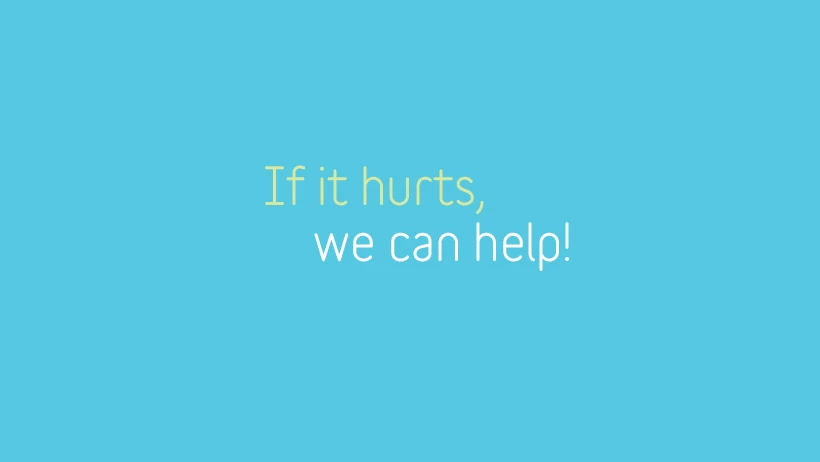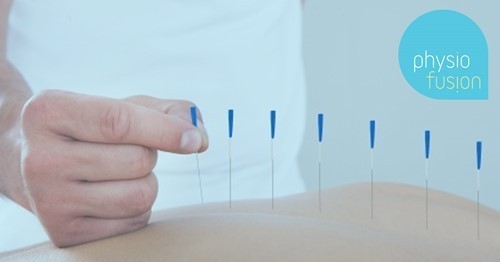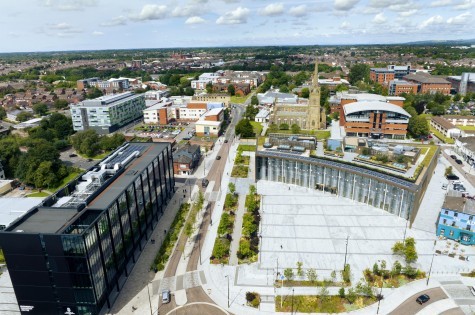It involves the use of specifically designed needles being inserted into points on the body that help to stimulate and speed up the recovery of injury muscles and tendons.
The benefits of Acupuncture are highlighted in the treatment of Musculoskeletal conditions (such as muscle or tendon injuries). Acupuncture is often used for pain relief, to promote healing in a specific area and to reduce stiffness or tension in a muscle. In providing pain relief, Acupuncture in certain locations can stimulate nerve fibres in skin and muscle. Appropriate Acupuncture of these points can help to limit the painful signals travelling up to the brain whilst also encouraging the release of pain-relieving chemicals from the brain. Whilst receiving your therapy, you may experience a deep dull ache; this is considered a sign of the Acupuncture point being well stimulated and is considered an important component of effective pain relief.
Whilst Acupuncture originated from traditional Chinese medicine, the type of Acupuncture practiced by a Physiotherapist in the UK is typically Western Medical Acupuncture. The most common usage for Western Medical Acupuncture in the UK is to help a Physiotherapist in the treatment of Musculoskeletal conditions (for example muscle or tendon injuries). Western Medical Acupuncture is subject to regular research and scrutiny and your Physiotherapist should also be a member of a professional organisation to demonstrate that they have completed the necessary supplementary training to use Acupuncture.
Acupuncture is also used both to promote and speed up healing of an injured area of the body. This can be more simply understood by thinking about the physical effect that the needle has when it enters the body. When the needle enters the body, the body will respond by increasing blood flow to the area and by releasing chemicals which are important in tissue healing and repair. It is important that your Physiotherapist assesses you prior to this as there needs to be a determination on whether your specific injury is at a stage where it would benefit from this kind of intervention. Older injuries which have not fully healed can often benefit from this approach.
Whilst using Acupuncture on tight muscles has been shown to relax them and quickly increase their range of movement, there are differing ideas in how this is accomplished. The reduction in pain may make it easier for the person to move the muscle whilst the muscle itself will immediately benefit from the increased blood flow bringing more oxygen and nutrients directly to tight achy muscles. Small areas of very contracted muscle fibres which are very painful to touch are called trigger points and these can also refer significant pain in the body. Acupuncture is also regularly used to help try to resolve these as well.
Acupuncture is generally considered a safe treatment; however, it does carry some risk which is why it is vital that it is carried out by a well qualified professional. Your Physiotherapist should thoroughly assess you to ensure that Acupuncture is safe and appropriate as well as explaining the sensations that you may feel, whilst monitoring you through treatment. Typically Acupuncture needles are kept in for up to 20 minutes and the number of needles can vary significantly depending on your condition, your Physiotherapist may also twist the needles to obtain a stronger effect. Overall, Acupuncture can have some excellent pain relieving and healing outcomes and is an effective tool in the hands of a qualified practitioner.
If you have any questions on the benefits of Acupuncture or you would like to know more about this treatment, we’d love to hear from you. Use our FREE online service and message our experts directly!



















